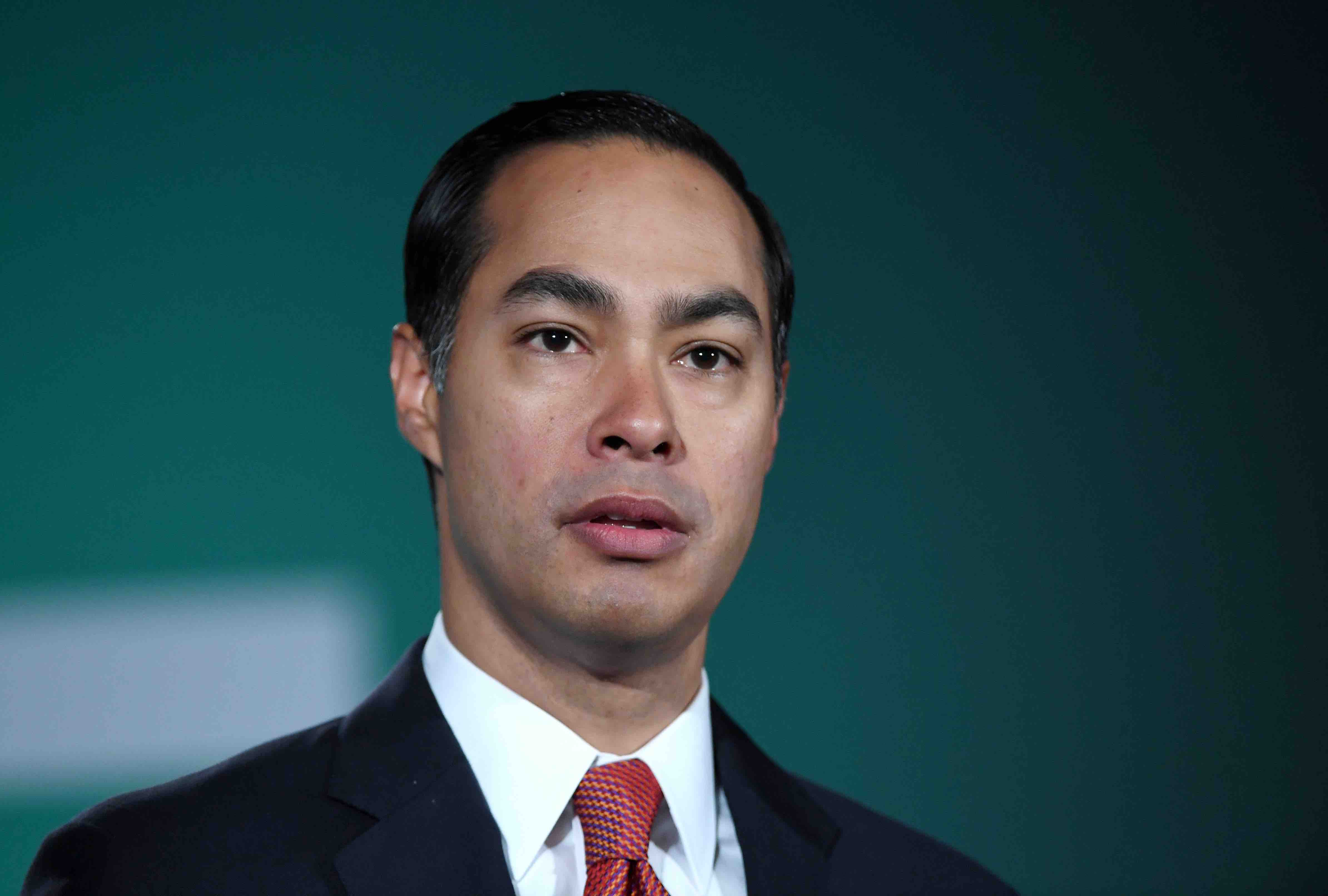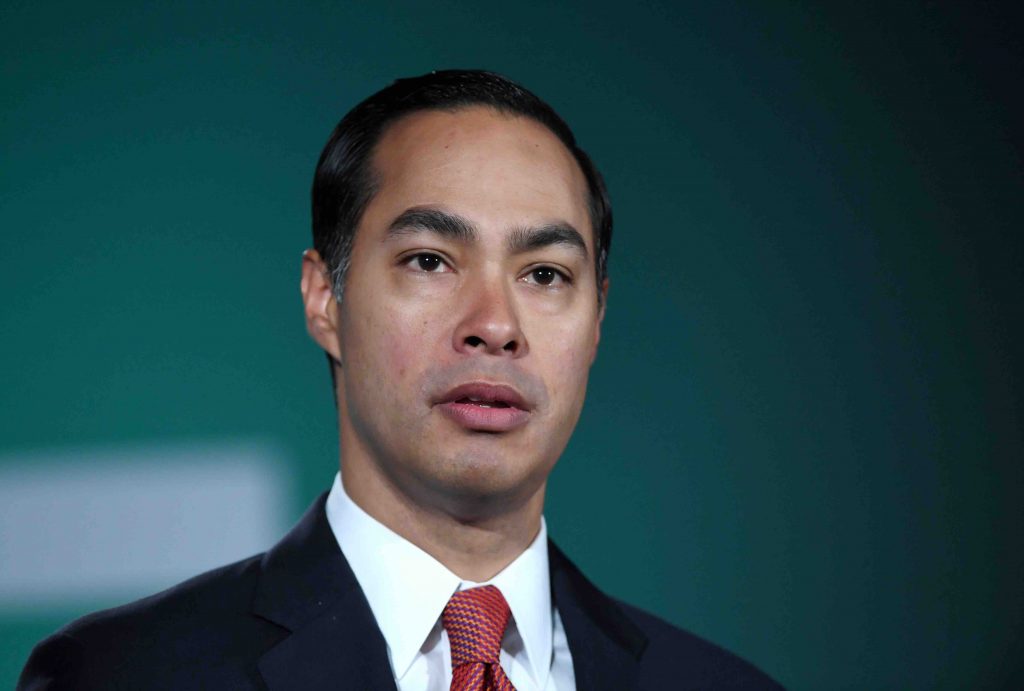Today, presidential candidate Julián Castro released his plan to combat climate change. Though the former Secretary of Housing and Urban Development has previously spoken out about a green future, his recently released platform, titled “People and Planet First Plan,” gives us an idea of the changes he’d make to address climate change. One of the most noteworthy parts in his ambitious proposal is his goal of creating a status for “climate refugees,” or those who have to leave their homes because of climate change.
The platform cites a World Bank report that estimates that as many as 200 million people might leave be forced to immigrate by 2050 because of climate change. This is certainly something that is already happening today. Take Central American immigrants. While violence and poverty have certainly influenced their decision to immigrate, so has the warming climate.
Edwin Castellanos, dean of the Research Institute at Guatemala’s Valle University, said the change in climate has worsened poverty, and that it’ll likely continue to drive immigration.
“Climate change models indicate that rain will continue to decrease, so we can expect the situation to only get worse,” he told BuzzFeed News. “If we don’t implement risk systems and save water for farmers, there will be more instability, and they will have more reasons to migrate.”
Other parts of Castro’s plan include reaching global net-zero emissions by 2050, planting 30 billion trees by 2050, investing $50 billion in a 10-year period to replace all lead pipes and creating a National Climate Council. For Castro, it was important that his proposal included as many communities as possible.




